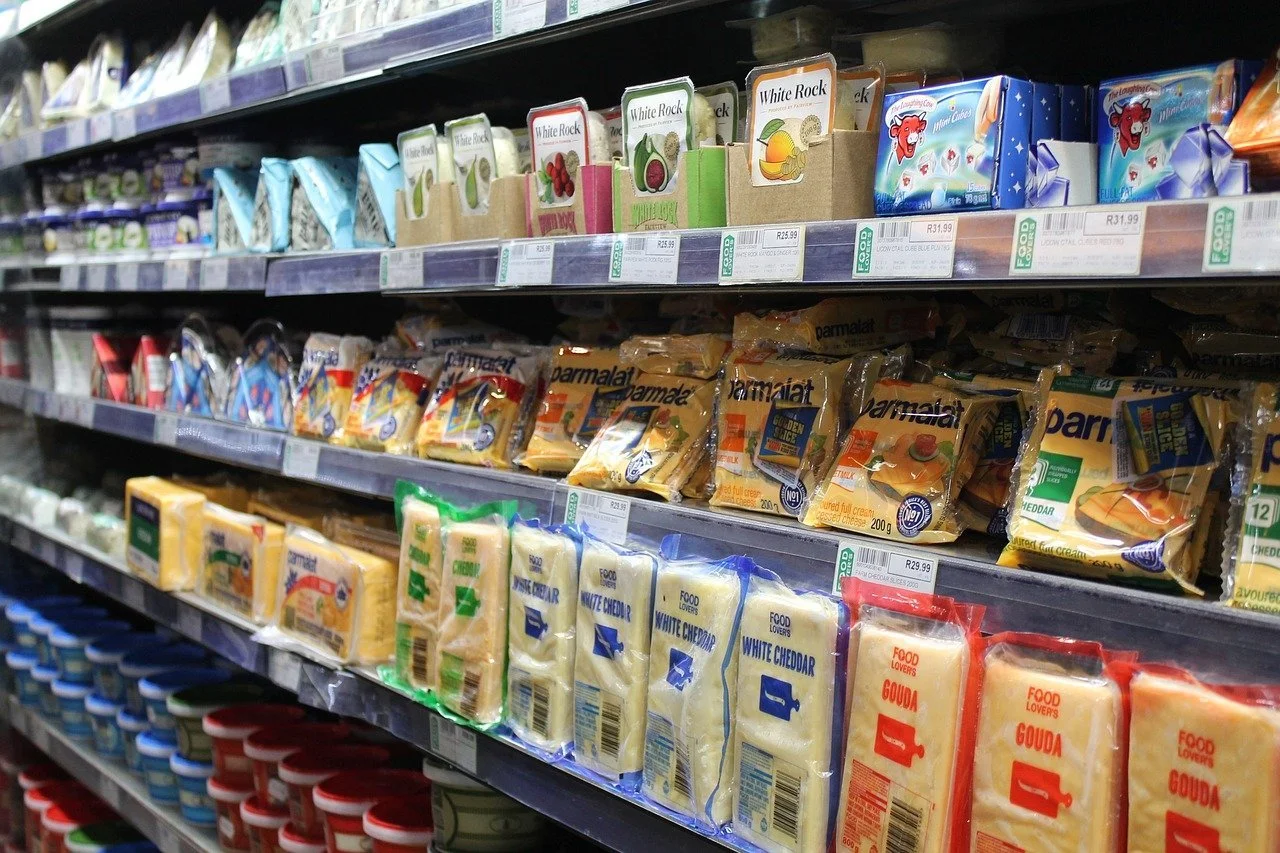What Is Our Food System Costing Us?
Dear Friend,
What does our food cost us? We think a lot about the price tag we see at the store but there are also costs that we don’t pay for at the register. How do we start to understand and account for these other costs? Who do they impact, and who is paying for them?
The Rockefeller Foundation has published a groundbreaking look at the true cost of food. This analysis can help guide the policy and system changes that are needed so our food system can support all of us in having access to food choices that are healthy for us and for our communities, both today and for future generations.
Built after the Great Depression to solve the problem of hunger, our food system is remarkably effective at producing and distributing a lot of food at a very low cost. But the kind of food being distributed, and how it’s being produced, are costing us far more than what we pay at the cash register. What Rockefeller found is that the true cost of our food system is three times what we are actually paying. Please continue reading to learn indepth about this vital topic.
Warmly,
Cathryn Couch
CEO & Founder
The True Cost of Food
The true cost includes another $1.1 trillion each year in health care costs and $805 million each year in environmental impacts.
Corn is highly subsidized and used to make high fructose corn syrup, found in many processed foods.
We are subsidizing highly processed and low-quality foods.
As a result, poor nutrition is now the leading cause of mortality in the United States, and the majority of adult hospitalizations are linked to obesity, hypertension, diabetes, and heart failure – all conditions that can be prevented or managed with good nutrition.Our food system is a huge driver of these poor health outcomes, causing $1.1 trillion annually in medical costs.These estimates don’t include factors like the impact of poor diets on reduced military readiness, depression and other mental health conditions, and poor educational outcomes. But we know that there are also costs associated with these impacts.
Our food system is also one of the major drivers of climate change, through a combination of greenhouse gas emissions and impacts on biodiversity.
Greenhouse gas emissions come primarily from the food production process itself – not from transportation costs as you might think. Additional impacts come from the production of plastics, water use and soil erosion.
There are things we can do.
The recent federal increase in SNAP benefits and California’s passage of universal school meals are two great examples. The work Ceres is doing to integrate healthy food into health care as a covered medical benefit is another important strategy. What if we subsidized farmers to grow fruits and vegetables to help keep those costs lower? And expanded the Market Match program so our neighbors living on SNAP could double the value of their spending at farmers markets.
Transitioning to organic and sustainable food production practices, reducing the consumption of animal products, and reducing single use plastics are all steps we can take.A coalition in California is working to put AB125 – the Equitable Economic Recovery, Healthy Food Access, Climate Resilient Farms, and Worker Protection Bond Act – on the ballot in 2022.This measure would fund $3.3 billion in sustainable agriculture, healthy food access, regional food infrastructure and farmworker health and housing.
One of the most important tools we have is the Farm Bill.
Enacted every five years, this is the most important agriculture and food policy legislation of the federal government. It determines funding levels for agriculture along with what is subsidized; SNAP, school lunch and other food assistance programs; natural resources, and other aspects of food and agriculture.Work has already begun on the 2023 Farm Bill.
Our food system was built to address widespread hunger following the Great Depression. Now we need to build a food system that supports the health and well-being of people, communities and our environment. This starts with the understanding that our food system doesn’t operate in a silo, but rather impacts many other parts of our society. We also need to think of our investments in a healthy, sustainable food system as an investment that pays off over time and for all of us. We experience those returns as healthier and longer lives, more resilient local and regional food economies, and in a planet that can support our children and our children’s children.
Each of us has a role to play.
We can vote with our own food budgets by choosing healthier and more sustainably sourced foods, reducing consumption of animal products, and buying directly from farmers at our local farmers market or through a CSA program. Even more importantly, we can make our voices heard by advocating for policies – and supporting elected officials – that put our tax dollars to work increasing access to healthy foods and investing in sustainable food production practices.
What about school meals?
U.S. school meal programs generate over $40 billion in benefits to society through improvements in health outcomes and poverty reduction. You can read the full report here: True Costs of Food: School Meals Case Study







